Community articles — Books
LaTeX book templates to write your next best seller—whether you’re writing fiction or non-fiction, a short story or long textbook.
Seneste

selamat menikmati
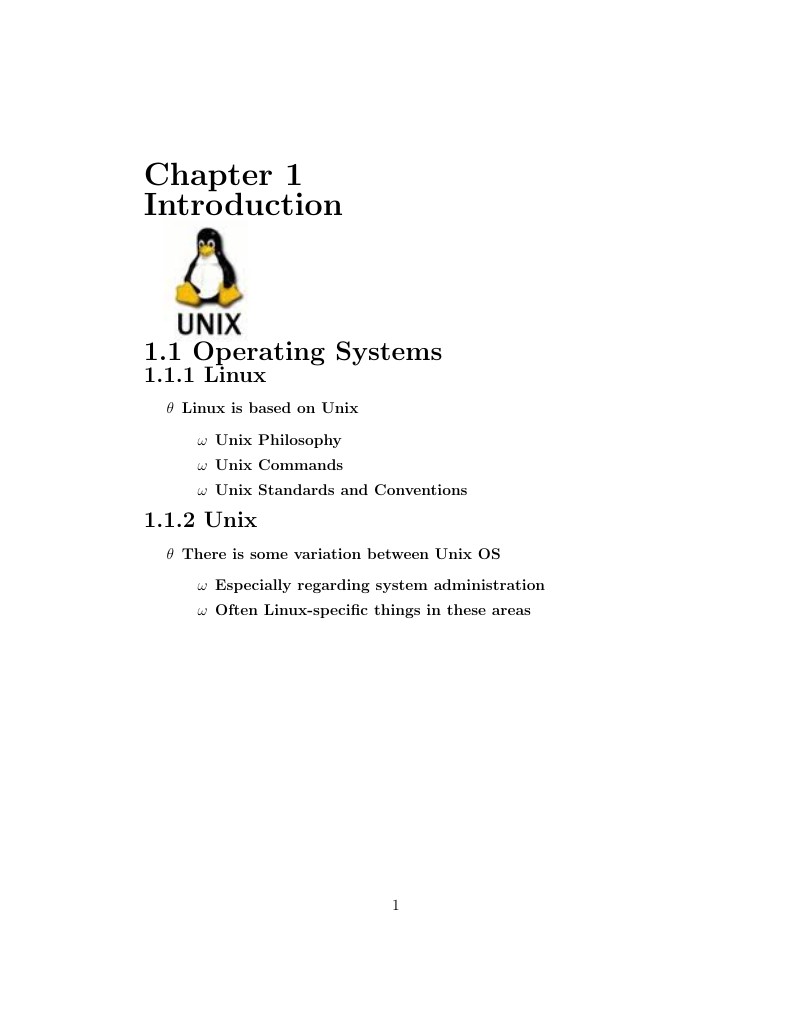
A short book on LaTeX
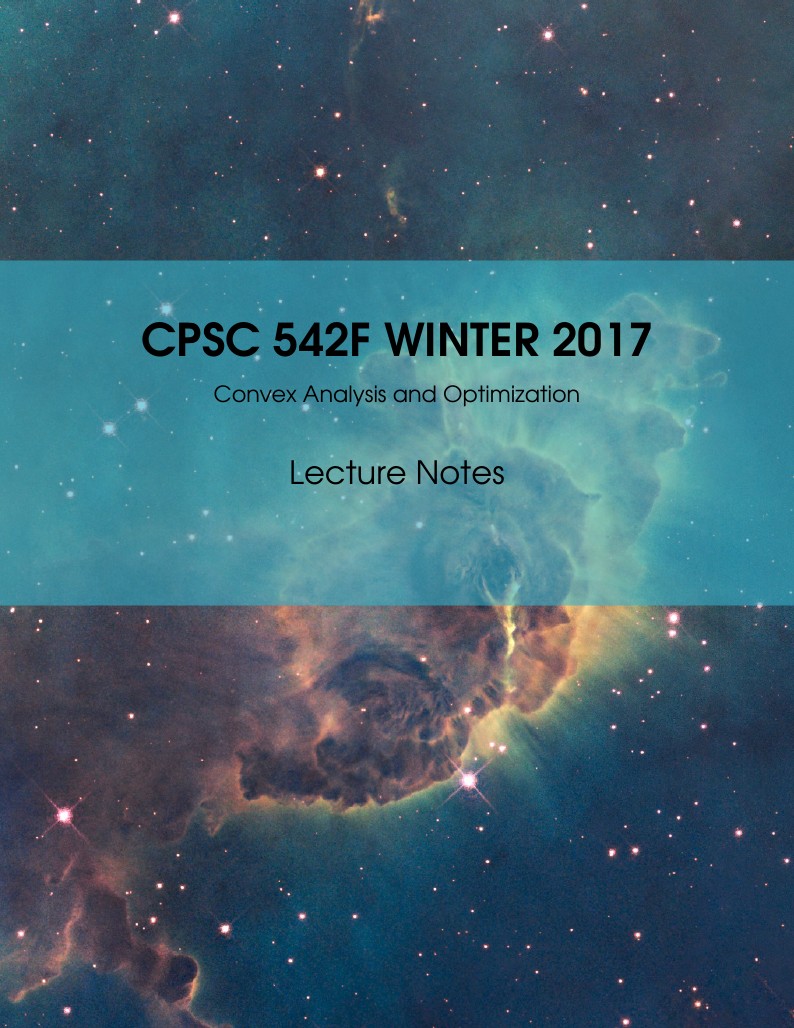
My documentation report Objetive: Keep track of the notes taken in convex analysis course.
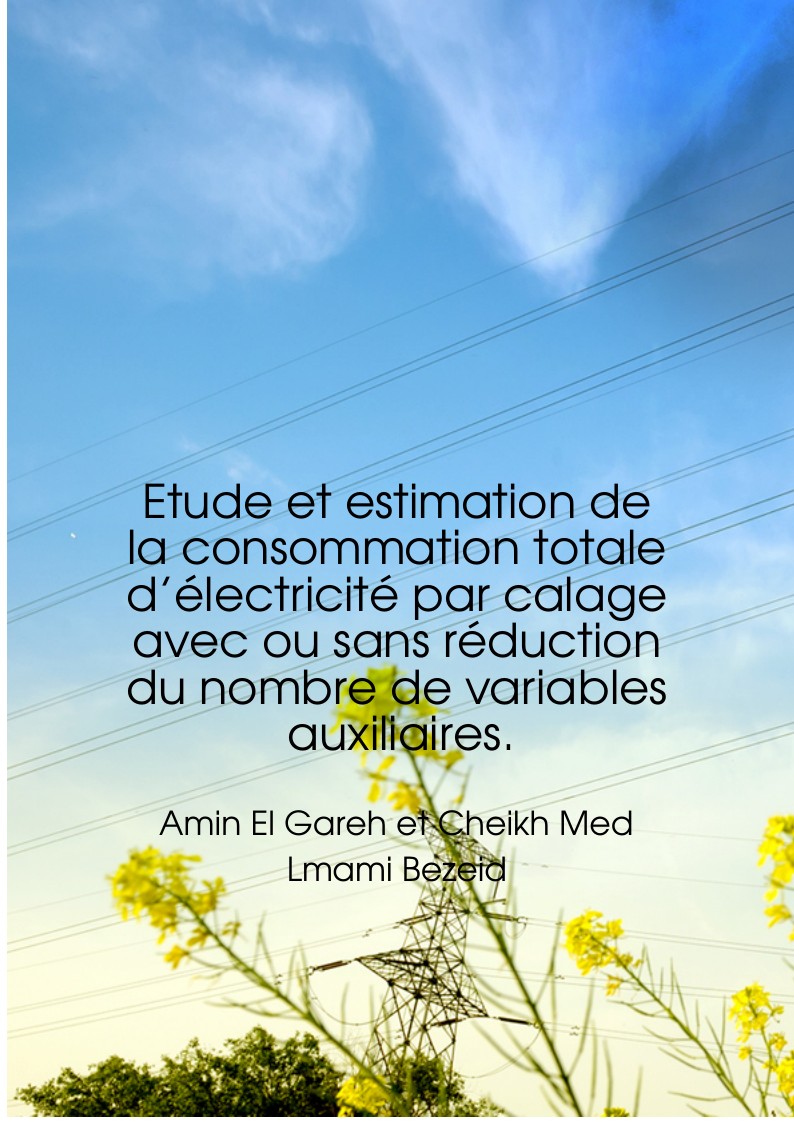
Etude et estimation de la consommation totale d’électricité par calage avec ou sans réduction du nombre de variables auxiliaires. Template: The Legrand Orange Book LaTeX Template Version 1.4 (12/4/14) This template has been downloaded from: http://www.LaTeXTemplates.com Original author: Mathias Legrand (legrand.mathias@gmail.com) License: CC BY-NC-SA 3.0 (http://creativecommons.org/licenses/by-nc-sa/3.0/)
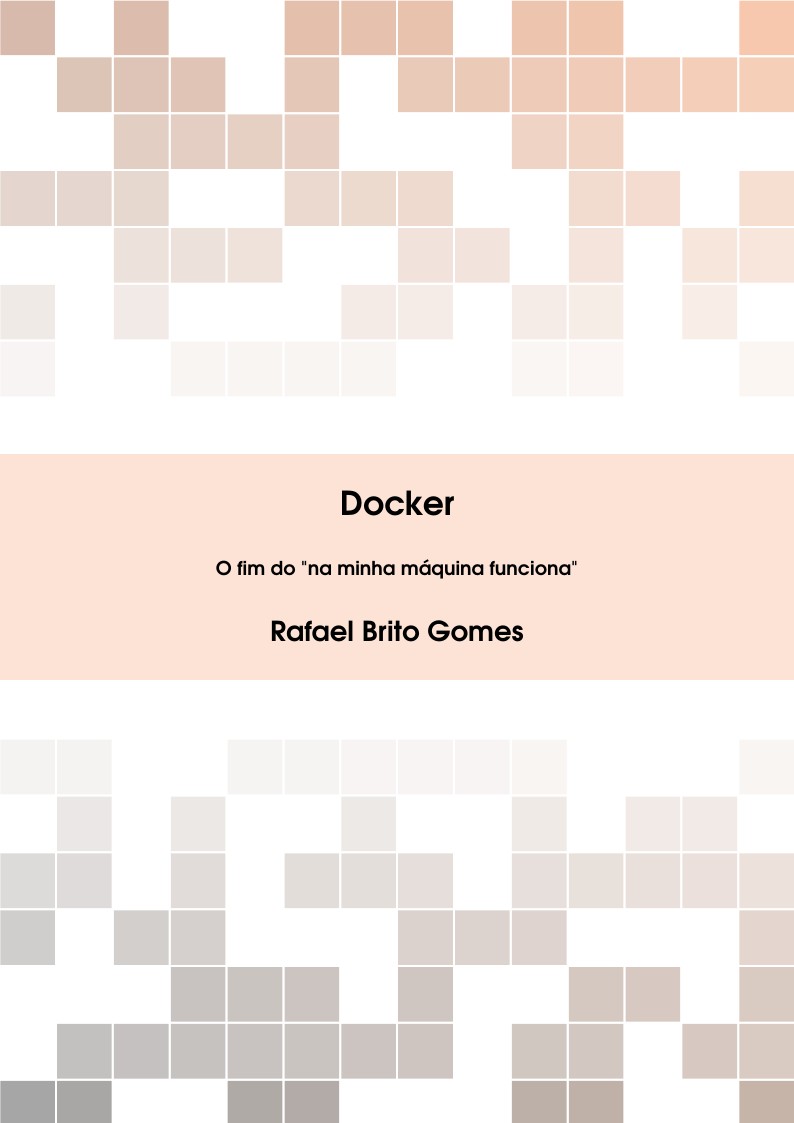
A book on Docker in Portuguese, created using the Legrand Orange Book LaTeX Template from LaTeXTemplates.com. The Legrand Orange Book template was created by Mathias Legrand (legrand.mathias@gmail.com) with modifications by Vel (vel@latextemplates.com) and made available under a CC BY-NC-SA 3.0 license.
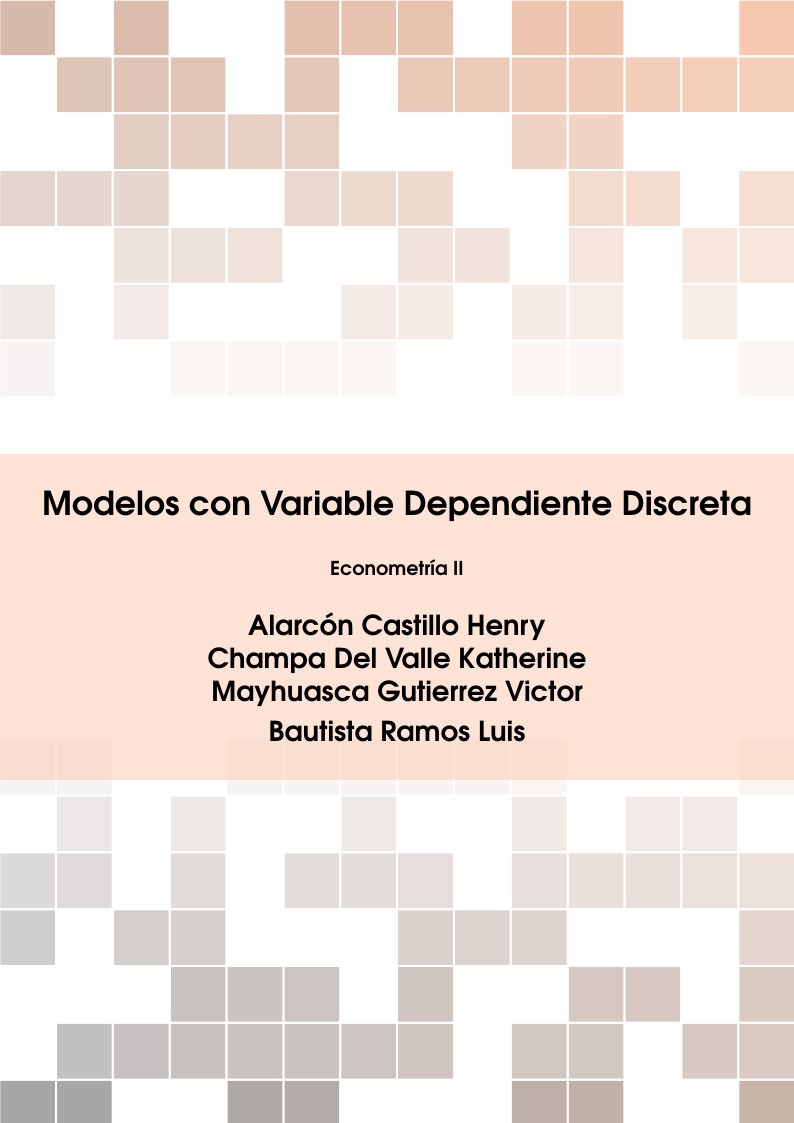
El presengte trabajo tiene como objetivo dar a conocer las bondades de los modelos Logit y probit dentro del campo de la estimación de modelos con variable endógena discreta dicotómica. Template Details: The Legrand Orange Book LaTeX Template Version 2.0 (9/2/15) This template has been downloaded from: http://www.LaTeXTemplates.com Mathias Legrand (legrand.mathias@gmail.com) with modifications by: Vel (vel@latextemplates.com) License: CC BY-NC-SA 3.0 (http://creativecommons.org/licenses/by-nc-sa/3.0/)
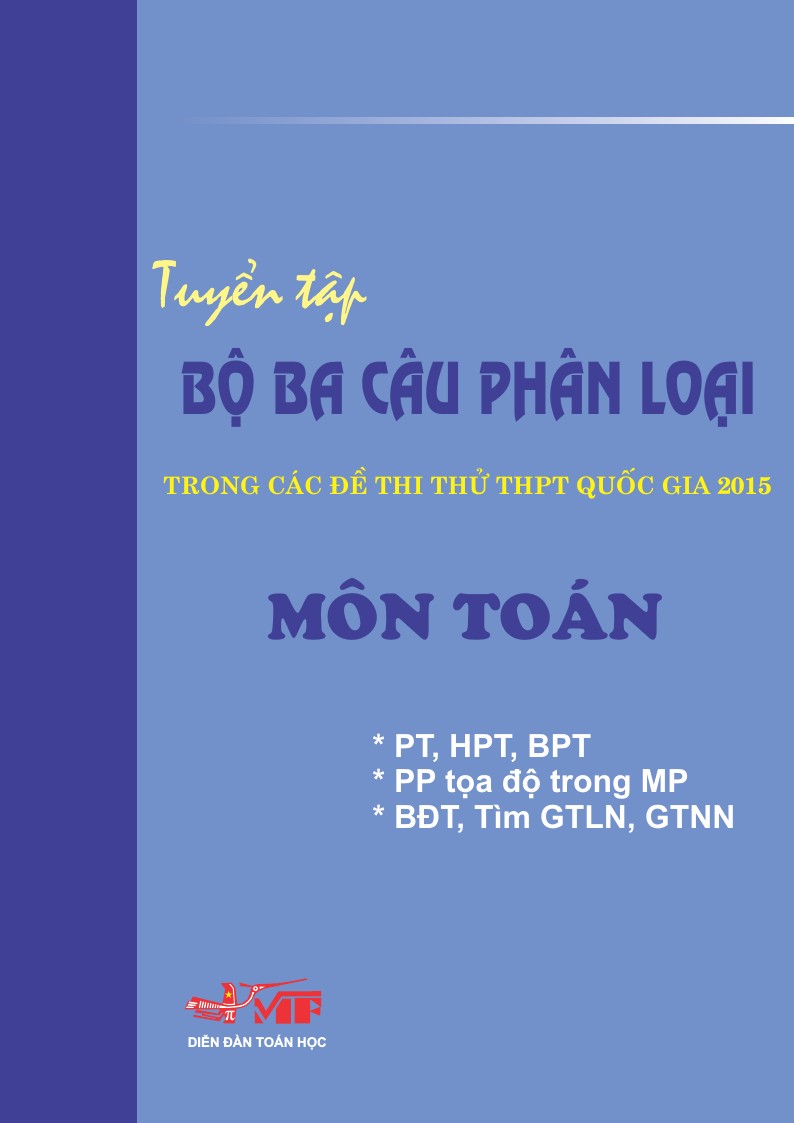
tôi không có câu hỏi nào hết
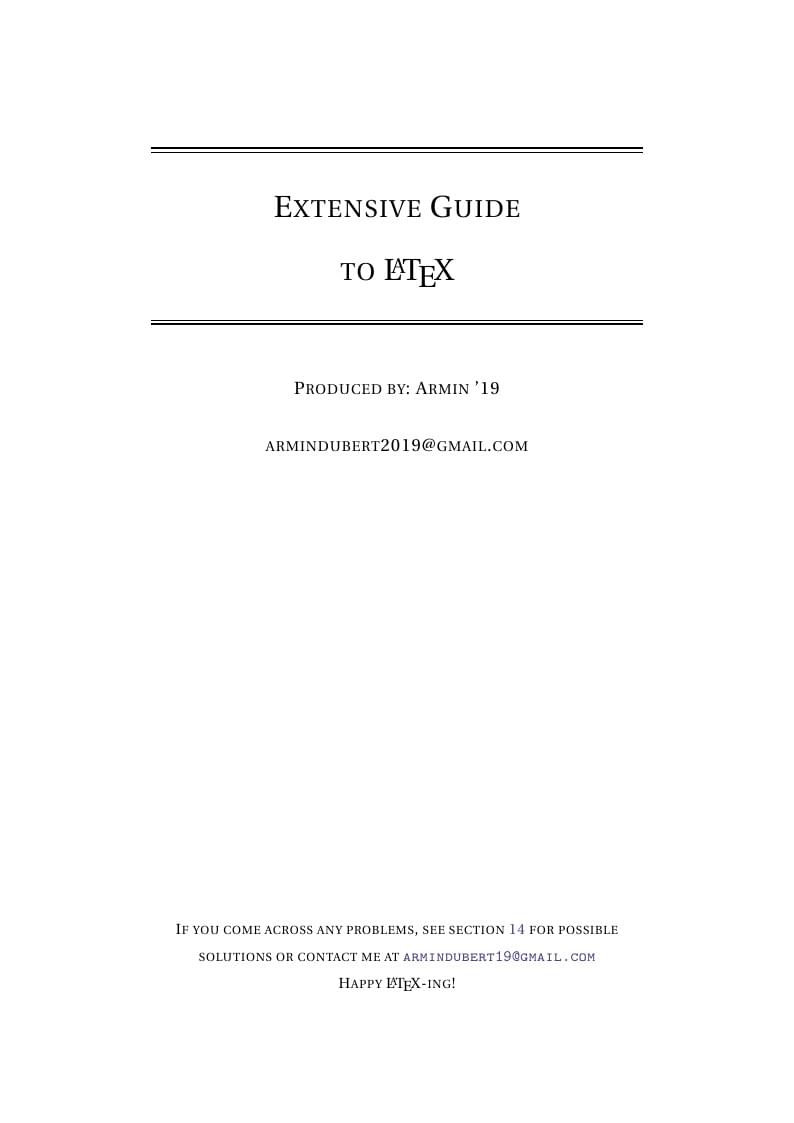
Provides an Extensive Guide to LaTeX along with the source code. This provides a template for documentation.
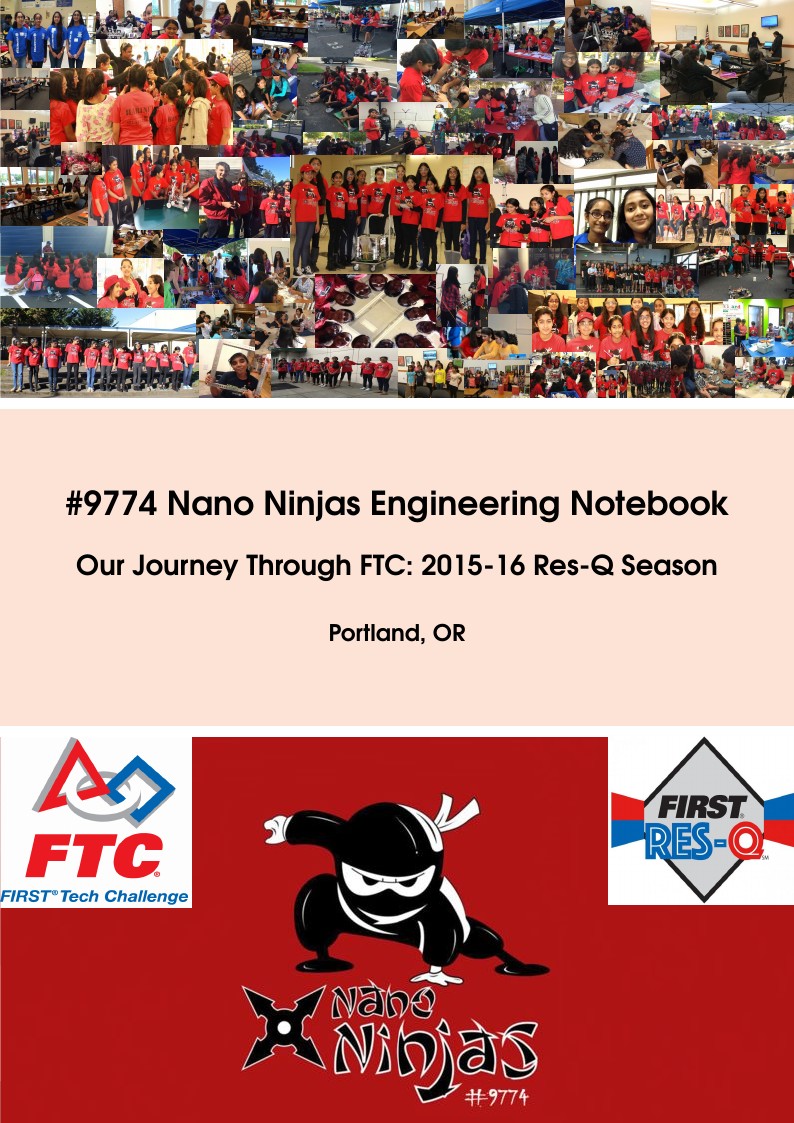
#9774 Nano Ninjas is a rookie FTC Team consisting of fifteen girls in seventh and eighth grade and is a neighborhood team located in Portland, OR. This is our Engineering Notebook capturing every moment of of FTC journey. Read more about our amazing project in our story on the Overleaf blog. This is a big, detailed report at 300+ pages, so give it a few seconds to load! :-)
\begin
Discover why over 20 million people worldwide trust Overleaf with their work.